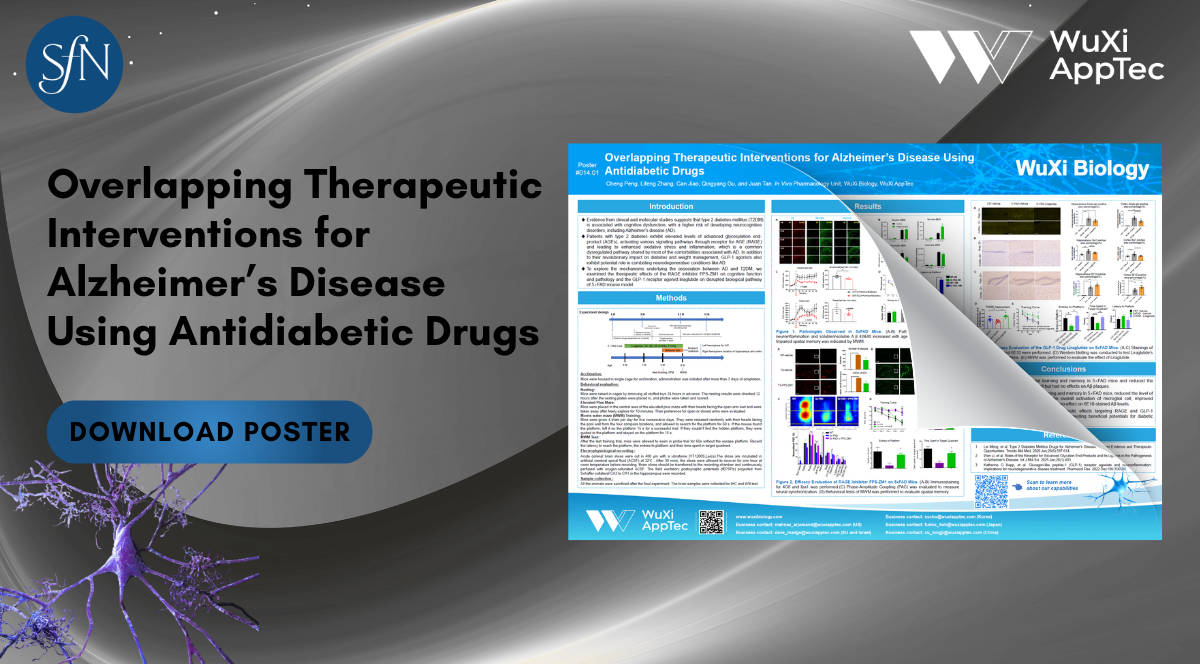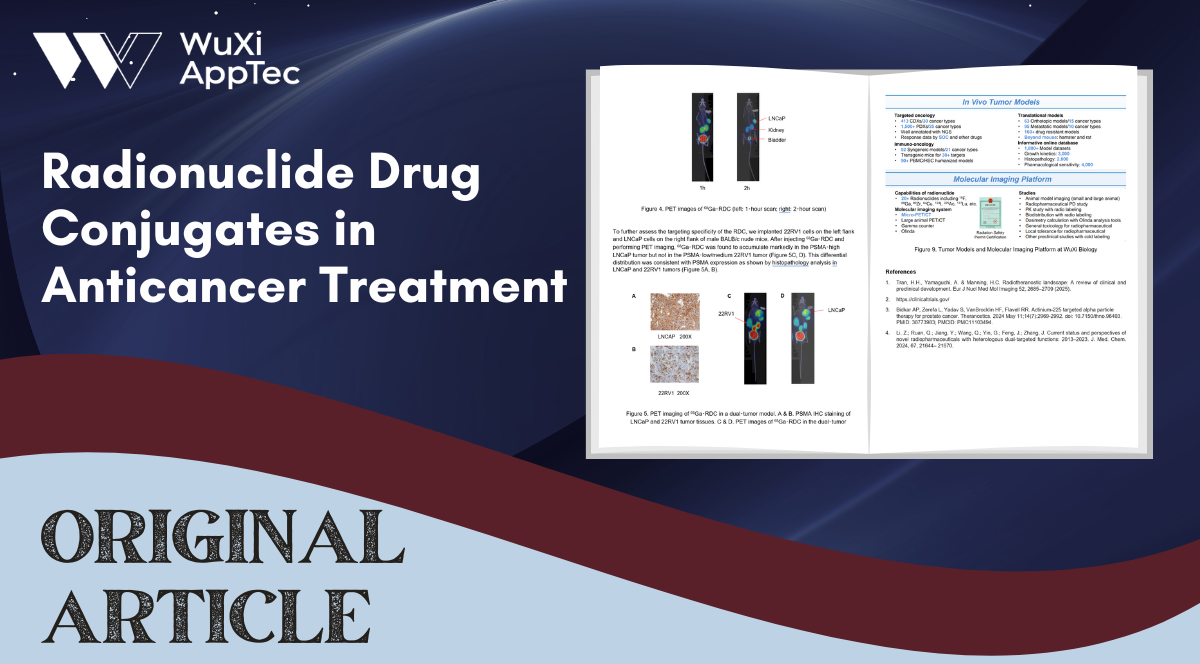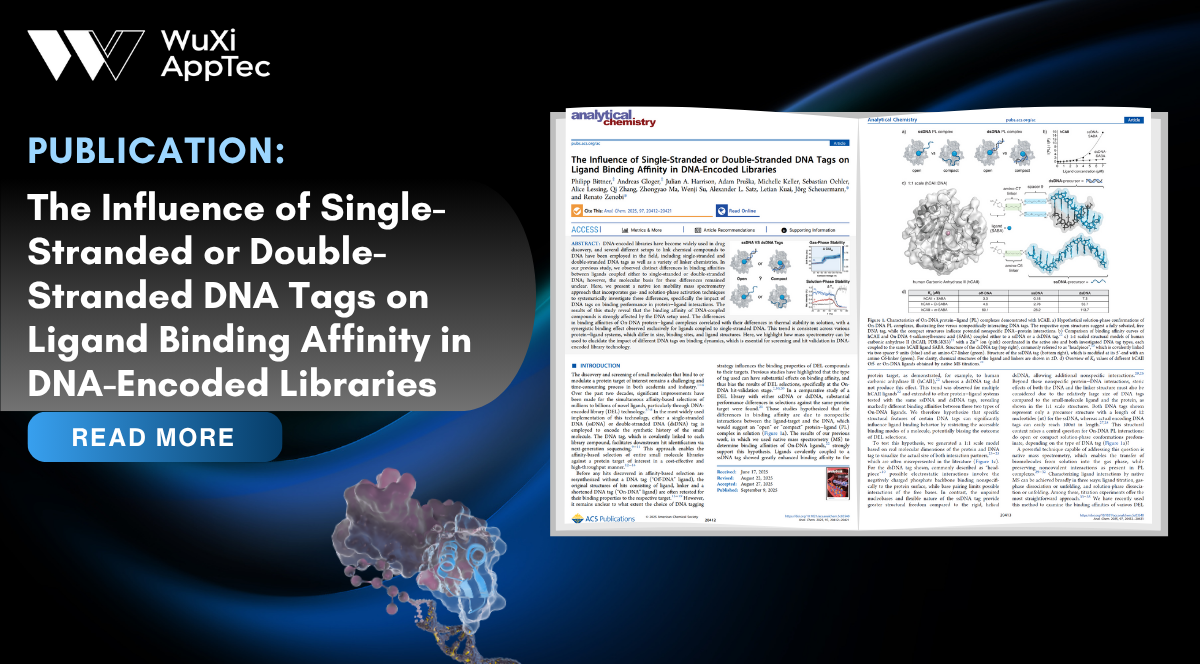
Therapeutics for Alzheimer’s Using Antidiabetic Drugs
Evidence suggests that type 2 diabetes mellitus (T2DM) is associated with cognitive dysfunction and an increased risk of developing neurocognitive...
Continue Reading
Evidence suggests that type 2 diabetes mellitus (T2DM) is associated with cognitive dysfunction and an increased risk of developing neurocognitive...
Continue Reading
T-cell engagers (TCEs) are a class of bispecific antibodies that simultaneously bind tumor cells and T cells, activating T cells...
Continue Reading
Mechanisms, Recent Progress, and Animal Models Radionuclide drug conjugates (RDCs), a novel class of precision tumor-targeting therapeutic and diagnostic agents,...
Continue Reading
DNA-encoded libraries have become widely used in drug discovery, and several approaches for linking chemical compounds to DNA have been...
Continue Reading
Varicella-zoster virus (VZV) is a highly contagious alpha-herpesvirus that infects more than 90% of people worldwide. The primary infection with...
Continue Reading
Current preclinical murine models of heart failure with preserved ejection fraction (HFpEF) require prolonged modeling periods, posing significant challenges for...
Continue Reading
Inflammatory bowel disease (IBD), which includes ulcerative colitis and Crohn’s disease, is a chronic, immune-mediated disorder characterized by persistent inflammation...
Continue Reading
Antibody-drug conjugates (ADCs) hold great promise as targeted cancer therapeutics, but their complex structure poses significant development and safety challenges....
Continue Reading
Multi-target drugs targeting GLP1R/GIPR/GCGR have demonstrated superior efficacy for weight loss and glycemic control compared to single-target GLP1R drugs. However,...
Continue Reading